Welcome
We offer power subsystems for small satellites. Our focus lies on smallsats in the 20 kg to 100 kg range. Since the power subsystem accomodates many vital spacecraft functions, its design poses a special challenge. This is why we have decided to introduce some standardization for its two main elements, the power control unit (PCU) and the battery. The idea is to improve the reliability of PCUs and batteries and to streamline the manufacturing processes by avoiding their "reeinvention" for every new space mission.
We use two different standardization approaches: For the PCU the tailoring for a specific space mission requires much more flexibility, so we work with standard building blocks. For the battery we use what we call a scalable design where the number of cells in series is the only free parameter.
Having said all this, we are looking forward to providing you with a tailored power system for your spacecraft - as a solid basis for a successful mission.
Power Control in Standard Blocks
The electronics in all our power control units consist of seven standard building block types: Controller, Power Group Interface (PGI), Fuse, DCDC, Delatch Fuse and two types of switches.
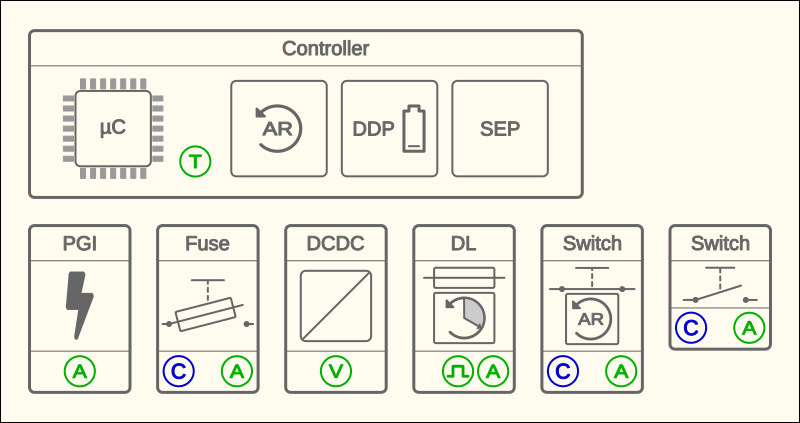
While there is only one instance of the Controller block, there are multiple instances of the other types, depending on the number of devices that have to be controlled on board the spacecraft.
Naturally, every tailored PCU has to undergo qualification testing, as any new device intended for space use. However, the fact that the standard building blocks have all been qualified with respect to total dose radiation and that most have already been verified in orbit, makes the overall qualification process significantly easier.
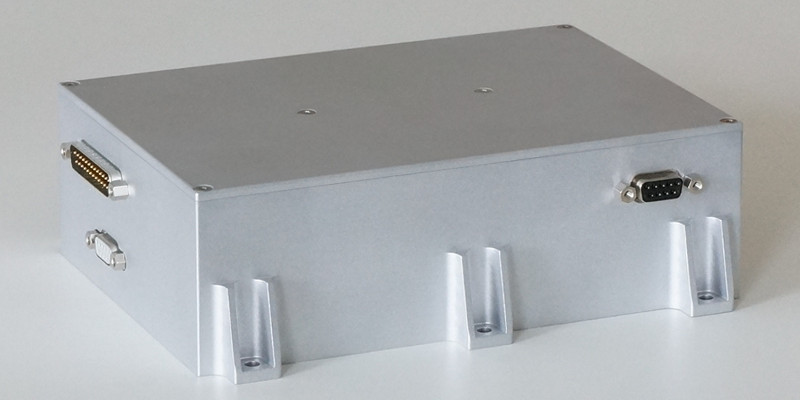
One Design for All
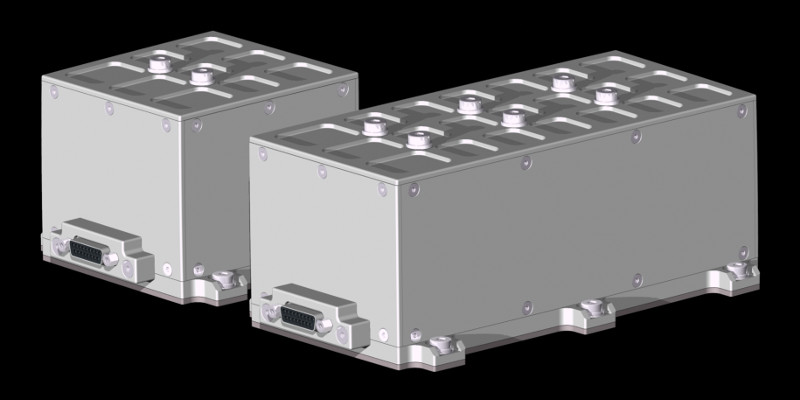
Or at least many (smallsat missions). The different versions of the BP3-SN battery all use essentially the same set of standard components. Only minimal adaptations of the manufacturing process are necessary to get a battery with just the right voltage for your application. Currently the BP3-SN family covers nominal battery voltages between 9.9 V and 23.1 V (i.e. 3 to 7 cells in series).
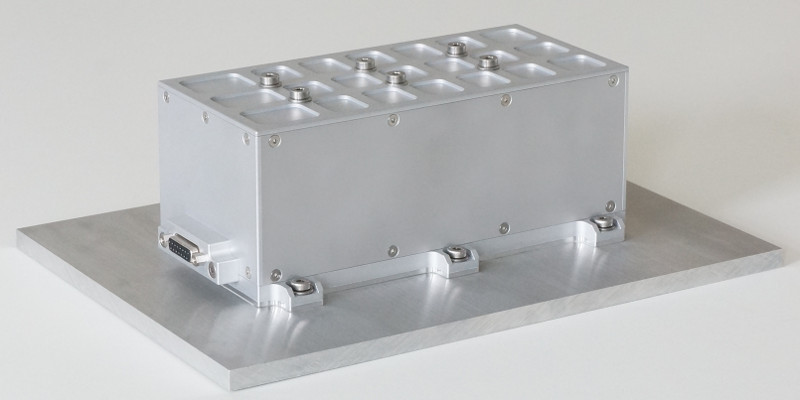
The battery contains LiFePO4 cells, one of the safest lithium based technologies that is also known for its high cyle life. Another important feature of this product are the robust top-balancing circuits, that have been qualified for space and verified in orbit. Furthermore, the design of the battery offers excellent testability, e.g. for extensive health checks after acceptance testing.
Controlling the Process
For us a key aspect to assuring that our products will perform well in a space mission is to have maximum control over the manufacturing process.
In order to achieve this, we keep virtually all processing steps in-house. For example all tab welding for the battery cells is done using our own specialized spot welding system that is capable of monitoring the process closely. This way we are always 100 % sure that the cells we send to space haven't suffered any mechanical or thermal mistreatment and that the welded joints are immaculate.
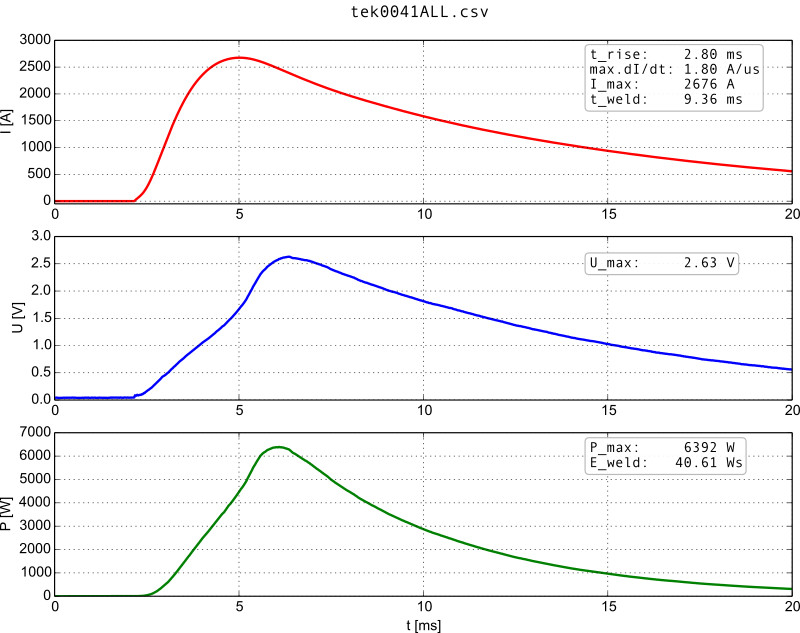
Another example is the PCB assembly: Like most companies in the smallsat business we use COTS components on our PCBs in order to end up with affordable products. Of course the components undergo extensive testing, but in addition we find it necessary to rule out overheated components as source of trouble. We do that by using our own vapour phase soldering system.